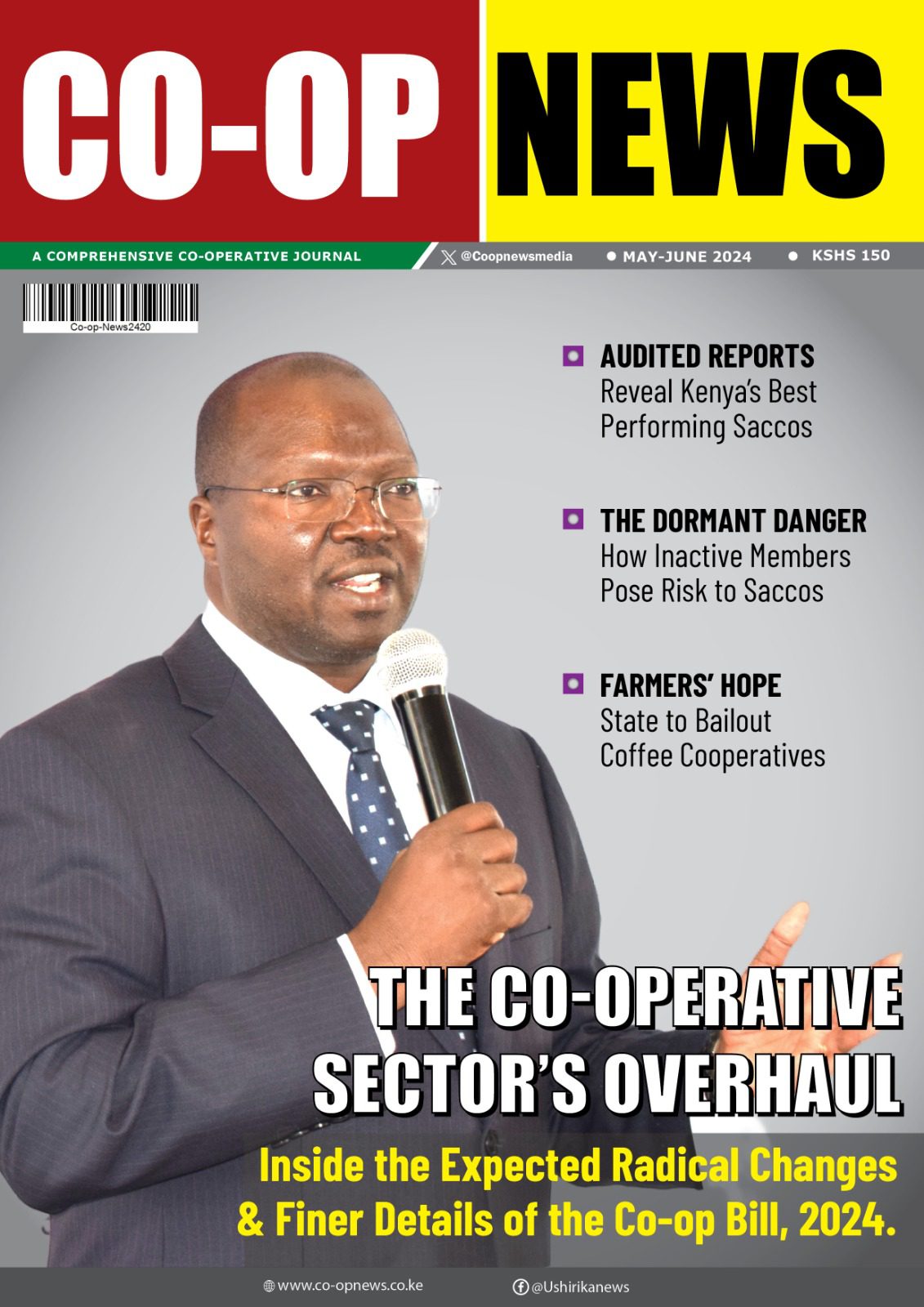The 2023 World Cooperative Monitor
A cooperative is an organization owned and controlled by its members with equal decision-making power. Democracy has always been a vital aspect of cooperative businesses since their inception. The International Cooperative Alliance (ICA) conducted a survey on the Cooperative Identity in 2022, which revealed that the respondents stressed the importance of prioritizing their members and promoting economic equity, equality, and justice (ICA, 2023).
Despite this, some concerns have been raised about large cooperatives and mutuals potentially neglecting their members’ interests as they prioritize their business objectives.
The size of some organizations makes it difficult for them to maintain the same level of dynamism in democracy and participation seen in smaller cooperatives and mutuals. Some larger entities have even faced challenges in preserving their cooperative identity, leading to instances of demutualization.
Critics argue that these organizations not only lose their own cooperative identity but also attempt to conceal it to align with the dominant normative power of investor-owned companies in the contemporary economic system, as noted in a research paper by DiMaggio and Powell.
To provide an overview of large cooperatives and mutuals and the benefits they offer to their members, the 2023 World Cooperative Monitor analyzed 76 out of 81 organizations in the top 10 sector rankings based on turnover and turnover over GDP per capita from the World Cooperative Monitor 2022.
The report was produced by the International Cooperative Alliance (ICA) with the scientific and technical support of the European Research Institute on Cooperative and Social Enterprises (Euricse). It emphasizes that members’ participation is a crucial aspect of the cooperative model and a significant benefit to members themselves. People join cooperatives and mutuals not only to use services and products but also to share a common goal.
Members of the cooperative engage with the democratic governance system by either running for or electing those who serve on the board of directors and other leadership positions. Additionally, they participate in overseeing and regulating the daily operations of the cooperative’s businesses through a variety of structures, as outlined in the report.
“Although most large co-ops and mutual identify as cooperatives, the true impact will be realized through the concrete manifestation of these arguments in their organizational structures, day-to-day practices, and the people involved, including leaders, members, and employees. Further steps may involve the exchanges of best practices among large cooperatives and mutuals and the development of reporting or evaluation tools to gauge the implementation of these strategies more effectively,” the report highlights.
The identity of more than 80% of the cooperatives and mutuals analyzed was clearly stated as cooperative or mutual insurance, with details on sectors and organizational forms frequently provided. In addition, over 50% of the entities examined explicitly mentioned the values and principles of cooperativism and mutualism on their websites.
“The ‘About us’ section is commonly utilized to reinforce the strong connection between organization identity and cooperative values and principles,” the states.
Cooperatives and mutuals offer much more than just decision-making power to their members. The report examines their motivations for becoming a member by looking at what and how they benefit.
“Member benefits can be broadly categorized into tangible and material aspects (services and products, economic advantages) and intangible aspects (participation, contribution to the community). Understanding the characteristics of the members is essential as it influences the type of benefits that the organization addresses and offers. Additionally, the economic sector is relevant when analyzing member benefits; and thus, the analysis of the collected data considered these two aspects,” the report states.
Cooperatives and mutuals offer benefits to their members through their business operations, which vary depending on their economic activities. They provide a range of services and products. Most primary cooperatives and mutuals typically provide detailed information.
“On the ‘quality’ of services and products for members and clients who are direct users or consumers, second or third-level cooperatives specify how they support their member-cooperatives. This highlights the advantage of the cooperative model, allowing local cooperatives to benefit from economies of scale through networks, unions, consortia, or federations,” says the report.
Cooperative members can benefit economically through a mechanism called ‘patronage’ or ‘rebates.’ Worker cooperatives use this concept clearly, whereas other types of cooperatives use the term ‘dividend’ in a confusing way. Some cooperatives use ‘dividends’ to describe the distributed surplus based on transactions that members made with their cooperative, while others use it to indicate the distributed surplus (or profit) on members’ share capital. Financial cooperatives typically use the term ‘dividends’ or ‘profit dividends.’





